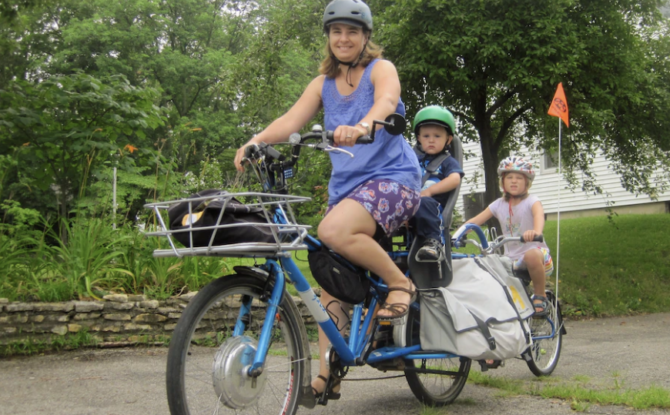From CalBike.org
In October, Micromobility America brought a two-day conference and trade show of alternative transportation to Richmond, California. Exhibitors included manufacturers of a range of e-bikes and scooters, app developers, and even representatives from the U.S. Department of Transportation. CalBike participated in one of the many panel discussions, and you can view the recording below.
Our panel was titled How Cities Can Incentivize Electric Bikes and was expertly moderated by Colin Hughes. The panelists were:
- Ed Clancy from Pedal Ahead, which is administering the statewide E-Bike Incentive Program
- Heather House, a manager at the Rocky Mountain Institute, which has developed a tool for cities to measure the impact of e-bikes on reducing greenhouse gas emissions
- Kerby Olson, new mobility supervisor at OakDOT, which is preparing to introduce a local e-bike program
- Brett Wiley, senior program associate at East Bay Community Energy (since renamed Ava Community Energy, providing green energy in the San Joaquin Valley as well as the East Bay), which is planning an ambitious e-bike incentive program for its customers
- Laura McCamy, communication specialist and e-bike advocate for CalBike.


